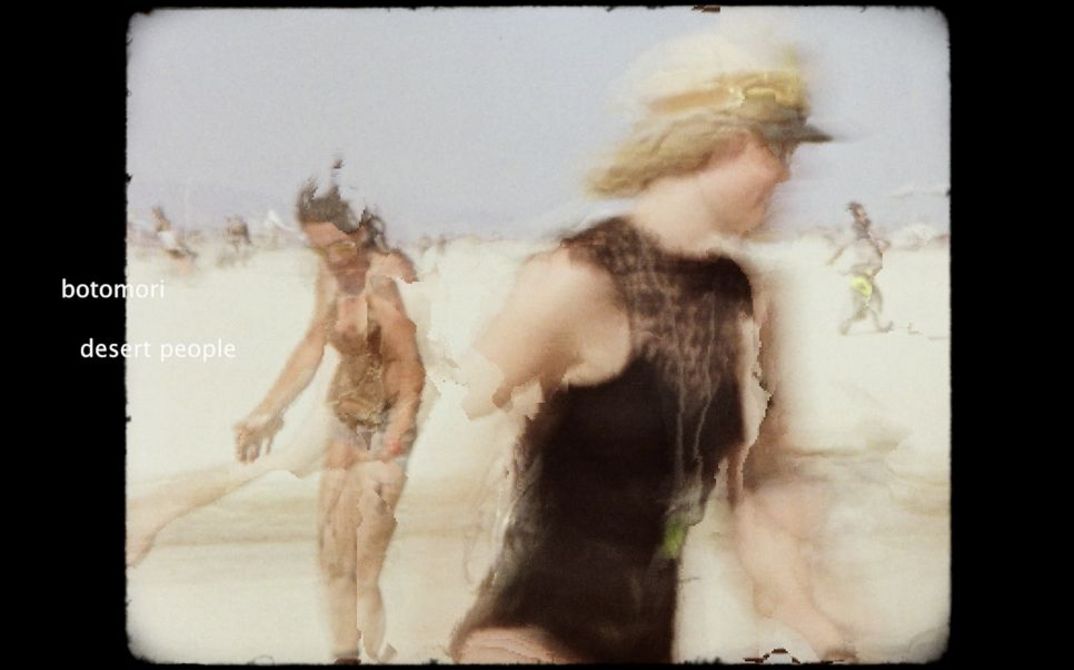The first impression: indeterminate visual noise, an aesthetic of digital artifacts. There’s interference here. But who or what is being interfered with and why? The first images show incorporeal patterns and forms in black and white, although they don’t represent anything other than the pulsations of digital technologies and certainly not a world. But there is a continual shift in forms; the visual noise being offered up to our perception is some unspecific texture that morphs at will. Repeated abstraction. Are we supposed to invest energy, to start reading, interpreting, decoding nonetheless? Well, why not? Initially accompanied by an equally indeterminate crackle of inference on the soundtrack, this image is alive. It has to be getting its energy from somewhere; it’s certainly using some, otherwise the pattern would be rigid, the soundtrack silent. But maybe the image will become clearer in the next minutes regarding the film’s exposition? Perhaps it’s just a temporary veil of not-yet-knowing that can and will reveal what’s before us at any given moment. Is the techno noise of the prelude not enough in itself? Is it hiding, covering, blocking something? With reception theoretical relief, we discern the first understandable signal around one minute in. A non-human sounding voice suddenly asks: “How can I help you?”

Post-Human Virtual Time Capsules
Simon Rothöhler on Anthropocene figures, digital imaging technologies and material aesthetic differences in the films Poznámky z Eremocénu (Notes from Eremocene) by Viera Čákanyová and SUPER NATURAL by Jorge Jácome.